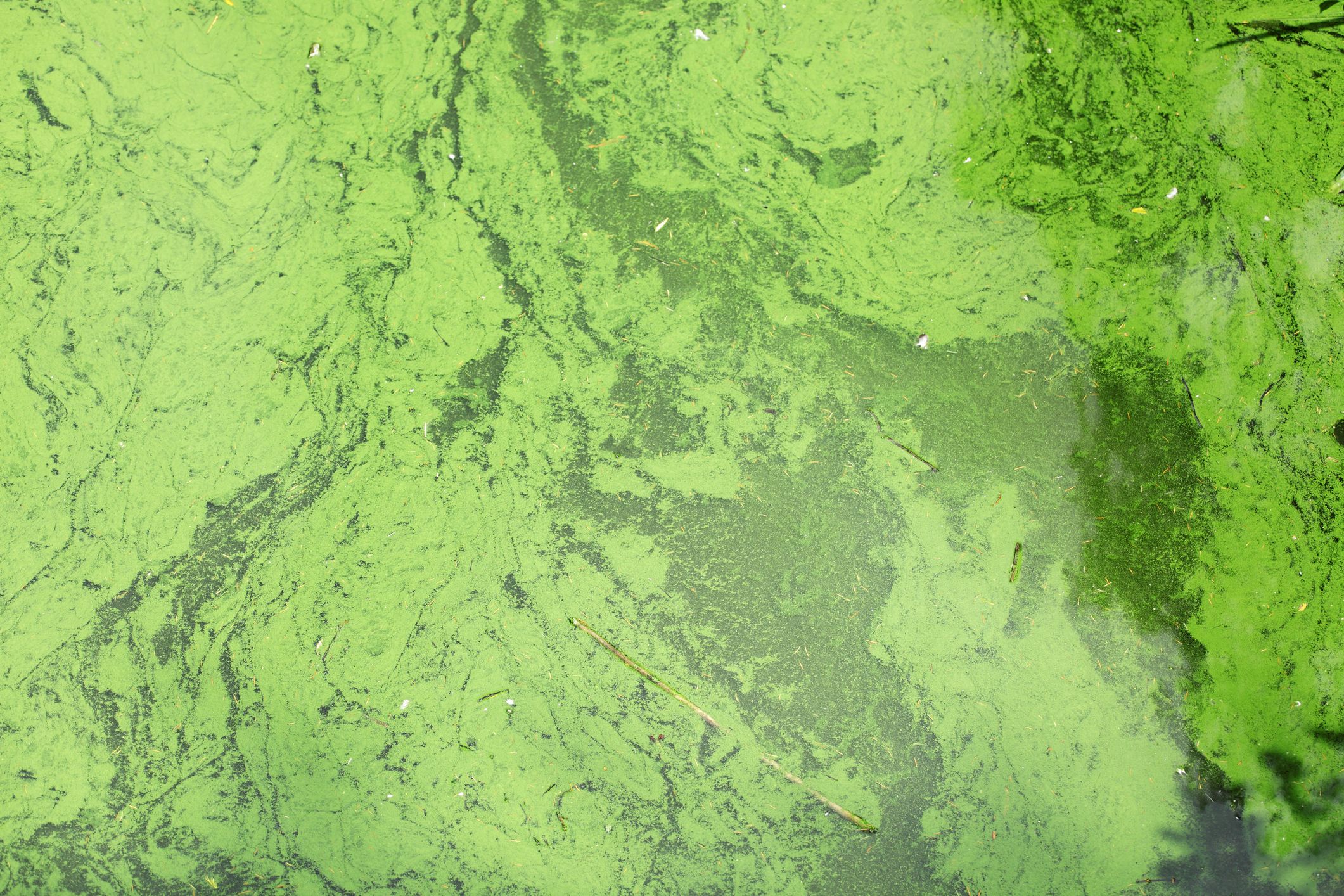To better understand where and when algae blooms happen around British Columbia, the province has developed the educational Algae Watch website. The website helps people recognize potentially harmful algae blooms and differentiate algae blooms from other natural phenomena, such as foam or pollen, which can sometimes look like blooms.
People can also use the online submission form to provide information on the location, extent, and photos of an algae bloom. The data collected will help scientists determine future water-monitoring programs.
“The website can help us track changes over time and identify areas of the province that are getting more algae blooms,” said Mike Sokal, a water quality limnologist for B.C.’s Ministry of Environment and Climate Change Strategy.
“We can then start investigating what’s causing these changes,” said Sokal, who receives calls every year from people concerned about algae at their local lake. “It’s really encouraging to see people interested in what’s happening at their lake. Some of those concerned citizens become champions for the lake and start local sampling programs.”
Ranging in size from microscopic single cells to large seaweeds, algae are a natural part of all aquatic ecosystems. Algae provides food for fish and supplies much of the oxygen we breathe. However, prolific growth can cause a dense mass or bloom to form. Most of the blooms are harmless, according to Sokal, but some species have the potential to produce toxins that can be dangerous to people, pets, or livestock.
Norm Zirnhelt is accustomed to seeing algae blooms every summer on the nutrient rich Opheim Lake, which has been naturally prone to blooms for decades. Living on a farm along the lake in B.C.’s Interior, Zirnhelt keeps a close eye on the water and has to be careful his livestock don’t drink it whenever the blooms blow onto shore.
As the executive director of the B.C. Lake Stewardship Society (BCLSS), Zirnhelt encourages everyone to pay attention to what’s happening on their local lake and report anything unusual to the Province.
“Lakes are susceptible to impacts from all kinds of human land uses and activities, so it’s really important that there’s some vigilance on those activities,” said Zirnhelt. “If there are any changes that might be occurring in a lake, citizens can be an early detection or early warning mechanism. In the Cariboo region of the province, there are a number of lakes that are susceptible to algae blooms. These blooms can occur naturally or can be the result of land use activities causing nutrient enrichment of lakes. People need to be careful and regard them as all potentially toxic.”
Anyone with immediate concerns related to drinking and/or recreational water use is asked to contact their local health authority.









